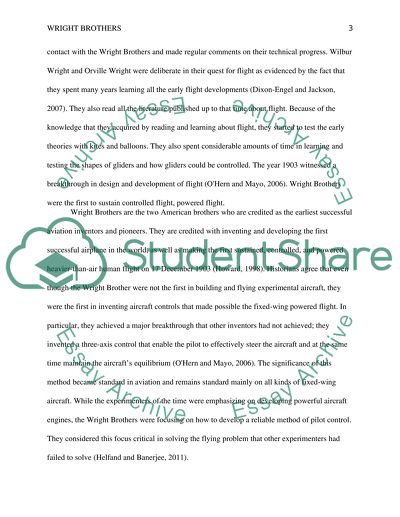Cite this document
(“Wright Brothers Research Paper Example | Topics and Well Written Essays - 2250 words”, n.d.)
Wright Brothers Research Paper Example | Topics and Well Written Essays - 2250 words. Retrieved from https://studentshare.org/history/1495138-we-re-the-wright-brothers-the-first-to-sustain
Wright Brothers Research Paper Example | Topics and Well Written Essays - 2250 words. Retrieved from https://studentshare.org/history/1495138-we-re-the-wright-brothers-the-first-to-sustain
(Wright Brothers Research Paper Example | Topics and Well Written Essays - 2250 Words)
Wright Brothers Research Paper Example | Topics and Well Written Essays - 2250 Words. https://studentshare.org/history/1495138-we-re-the-wright-brothers-the-first-to-sustain.
Wright Brothers Research Paper Example | Topics and Well Written Essays - 2250 Words. https://studentshare.org/history/1495138-we-re-the-wright-brothers-the-first-to-sustain.
“Wright Brothers Research Paper Example | Topics and Well Written Essays - 2250 Words”, n.d. https://studentshare.org/history/1495138-we-re-the-wright-brothers-the-first-to-sustain.


